Puno the folklore capital of peru
Puno the folkloric capital of Peru , Puno is a city located in southeastern Peru, situated on the shores of Lake Titicaca, the highest navigable lake in the world. Nestled on the shores of the world’s highest navigable lake, Lake Titicaca, the city of Puno is a vibrant tapestry of culture, tradition, and music. Often referred to as “The Folklore Capital of Peru,” Puno is a destination that captures the soul of Andean heritage and invites travelers to witness a living celebration of indigenous identity.
- Eplore Peru: From Vibrant Lima to Mystical Machu Picchu and Majestic Lake Titicaca 8 Days
- Perú Travel with Tour Lima Cusco Machu Picchu Lake Titicaca 7 Days
- Explore the Wonders of Cusco with City Tour and Machu Picchu 3 Days
- Explore Peru with the Lima Cusco Machu Picchu Huayna Picchu Tour 6 Days
A Cultural Crossroads: Where Traditions Meet and Evolve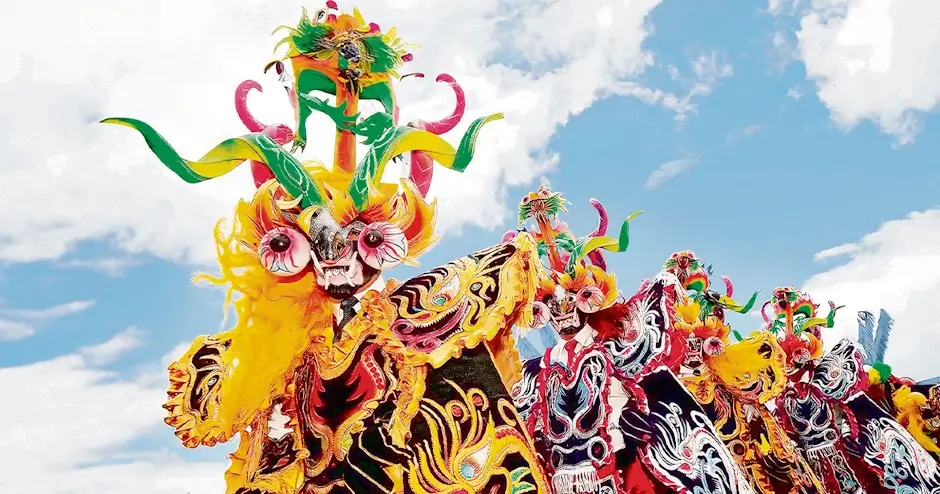
In a world where borders often define nations, there are special places that transcend them—places where cultures collide, blend, and flourish. These are the cultural crossroads, where history, language, art, and identity intersect to create something greater than the sum of their parts. From bustling trade cities to highland villages, cultural crossroads are windows into humanity’s shared experience.
What Is a Cultural Crossroads?
A cultural crossroads is a meeting point of diverse peoples and traditions, often shaped by geography, migration, trade, or conquest. These intersections can be found at ancient trade routes, colonial ports, border regions, or regions where empires once overlapped. They are not merely melting pots—they are living landscapes of exchange, where distinct heritages influence one another without losing their roots.
Peru’s Andean Crossroads: A Living Example
One of the most compelling examples in South America is the city of Puno, Peru. Located on the shores of Lake Titicaca, Puno is where Aymara and Quechua cultures coexist. Influenced by Spanish colonialism, Inca heritage, and local beliefs, Puno’s traditions form a vibrant blend of Catholic devotion and indigenous spirituality.
This fusion is most visible during festivals such as the Fiesta de la Candelaria, where dancers wear devil masks and Inca-style costumes while performing rituals that span centuries. The music, the textiles, the language—all tell stories from multiple worlds, intertwined yet distinct.
The Power of Cultural Exchange
At cultural crossroads, creativity thrives. Art forms evolve, cuisine becomes more diverse, languages borrow and blend. In Morocco, Arab, Berber, African, and European influences shape cities like Fez and Marrakech. In Istanbul, churches became mosques, then museums—testament to centuries of changing rule and belief.
These places remind us that identity is not static—it is dynamic and enriched by contact with others. Cultural crossroads invite dialogue and challenge us to reimagine the meaning of tradition in the modern world.
Challenges and Resilience
While cultural crossroads are rich in beauty and complexity, they are not without tension. Issues of identity, representation, and preservation arise when multiple cultures claim space. But often, these crossroads demonstrate a remarkable resilience, preserving ancient customs while adapting to the present.
Education, tourism, and intercultural cooperation can strengthen these regions, transforming them into spaces of mutual respect and pride.
Why They Matter Today
In an increasingly globalized world, understanding cultural crossroads helps us appreciate diversity and interconnection. These regions remind us that migration, adaptation, and coexistence are not new—they are the foundation of civilization itself.
To walk through a cultural crossroads is to step into history and humanity at once. It is where we see not just differences, but the bridges between them.
The Dazzling Fiesta de la Candelaria: A Celebration of Faith and Folklore in Puno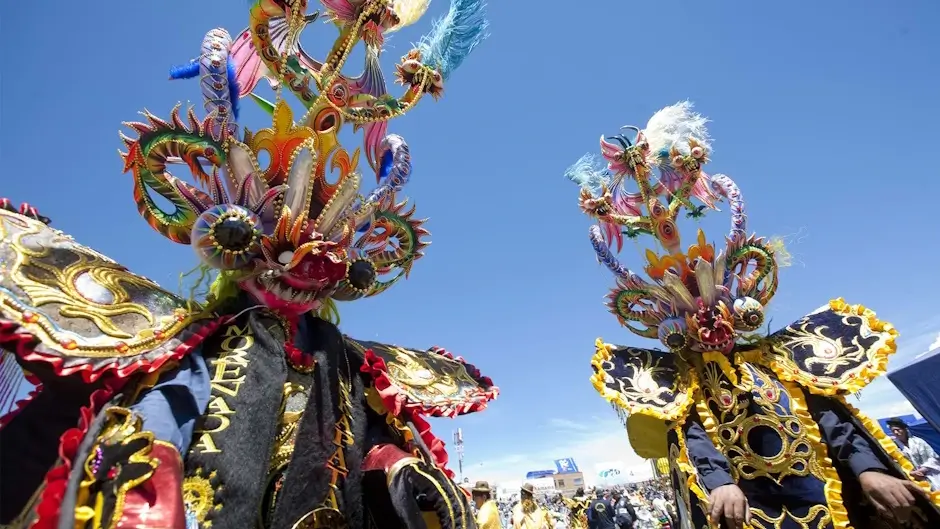
Every February, the highland city of Puno, Peru, bursts into life with color, music, and unshakable devotion. This is the Fiesta de la Virgen de la Candelaria, one of the largest and most vibrant festivals in South America. Known as a spectacular fusion of Catholic tradition and indigenous Andean culture, the event transforms the streets of Puno into a living theater of faith and folklore.
A Tribute to the Virgin of Candelaria
At the heart of the festival is the Virgin of Candelaria, the patron saint of Puno. She is venerated as a protector and miracle worker, deeply beloved by both Catholic and indigenous communities. The celebration begins with solemn religious processions, masses, and offerings, but quickly blossoms into a grand expression of cultural identity and spiritual devotion.
For locals, honoring the Virgin is a sacred duty. For visitors, it is an unforgettable window into a world of tradition, passion, and community spirit.
Dance as Devotion
What sets the Fiesta de la Candelaria apart is its astonishing scale and energy. Over 40,000 dancers and 9,000 musicians from across Peru take part in the festivities, performing in elaborate costumes that reflect centuries of history and myth. Dances like the Diablada, Morenada, Caporales, and Saya tell stories of colonial resistance, religious transformation, and the power of indigenous roots.
Each group trains for months, investing in detailed choreography and handcrafted attire, often passed down through generations. Their performances aren’t just entertainment—they are acts of faith and pride.
UNESCO Recognition
In 2014, UNESCO recognized the Fiesta de la Candelaria as part of the Intangible Cultural Heritage of Humanity. This acknowledgment highlighted the festival’s role in preserving living traditions and strengthening cultural diversity in the Andes.
The event brings together not only local communities but also travelers, scholars, and artists from around the world, all drawn to its authentic spirit and powerful symbolism.
A City Transformed
During the two-week celebration, the city of Puno becomes a stage for parades, concerts, and competitions. Streets are filled with music from brass bands and traditional instruments, while dancers whirl and leap in a kaleidoscope of movement. Locals open their homes, vendors fill the plazas, and the whole city pulses with life.
At night, fireworks light up the sky over Lake Titicaca, adding a magical touch to the high-altitude celebration.
More Than a Festival
The Fiesta de la Candelaria is more than an event—it is a living expression of cultural resilience and unity. It brings together past and present, sacred and secular, indigenous and Catholic, in a way that is uniquely Peruvian.
To witness it is to feel the heartbeat of the Andes. To participate in it—even as a spectator—is to become part of a centuries-old story that continues to inspire pride, joy, and reverence.
- Discover Peru with the City Tour Sacred Valley Machu Picchu 4 Days
- Cusco Travel with City Tour and tour Machu Picchu 2 Days
- Tour Machupicchu full day in Train Full Day
Music, Dance, and Identity: The Soul of Andean Expression in Puno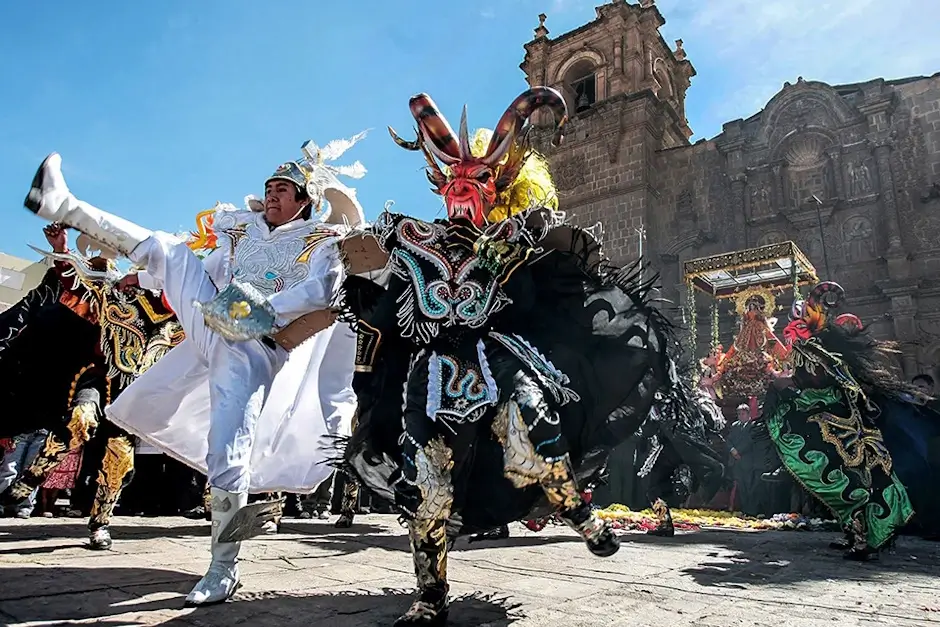
In the highlands of Peru, where ancient traditions echo across the vast landscapes of the Andes, music and dance are far more than performance—they are identity made visible and audible. Nowhere is this truer than in Puno, a city often referred to as the Folklore Capital of Peru. Here, cultural expression is deeply woven into everyday life, forming a powerful link between the past and the present.
The Soundtrack of a Culture
From the moment you arrive in Puno, you hear the sounds that define the Andean spirit: the bright notes of the charango, the haunting melodies of zampoñas (panpipes), and the rhythmic heartbeat of bombos (drums). These traditional instruments are not only used during festivals—they are part of community rituals, family celebrations, and even political protests.
Music in Puno is a form of storytelling. Each song tells a tale of love, resistance, migration, or spirituality, preserving oral histories that might otherwise be forgotten. Whether played in rural villages or urban parades, the music resonates with emotional power and cultural pride.
Dance as Living Memory
If music is the soul of Puno, dance is its body in motion. Folkloric dances like the Diablada, Morenada, and Caporales are not just choreographed routines—they are cultural narratives, passed down from generation to generation. Each dance has deep symbolic roots, blending pre-Columbian spirituality with colonial influences and Catholic imagery.
Costumes are equally expressive: masks, feathers, sequins, and traditional textiles come together to tell stories of struggle, celebration, and survival. Every move is intentional, every color meaningful. Through dance, the people of Puno honor their ancestors and assert their identity in a changing world.
A Way of Life
In Puno, music and dance are not reserved for special occasions. Children grow up learning traditional steps; families rehearse together for competitions; schools and community centers invest time and energy into preserving folkloric heritage. For many, participating in a dance group is not a hobby—it’s a duty, a way of expressing pride in their heritage.
This devotion is on full display during events like the Fiesta de la Candelaria, but it also lives on quietly in the streets, homes, and hearts of the people year-round.
Cultural Resilience and Pride
In a modern world where indigenous cultures often face marginalization, the people of Puno have turned music and dance into a form of cultural resistance and empowerment. They continue to celebrate their roots, while also welcoming innovation and younger generations who remix and reinterpret traditional forms.
Through festivals, competitions, and education, Puno’s residents safeguard their traditions while ensuring they stay relevant and alive.
Identity in Motion
To witness the music and dance of Puno is to witness a culture in constant motion, alive with rhythm and meaning. It’s not just entertainment—it’s a declaration: “We are here. We remember. We celebrate who we are.”
In every beat of the drum and every step of the dance, Puno tells the world its story. And it invites everyone to listen, to feel, and to understand.
Gateway to Lake Titicaca: Discovering the Magic of Puno, Peru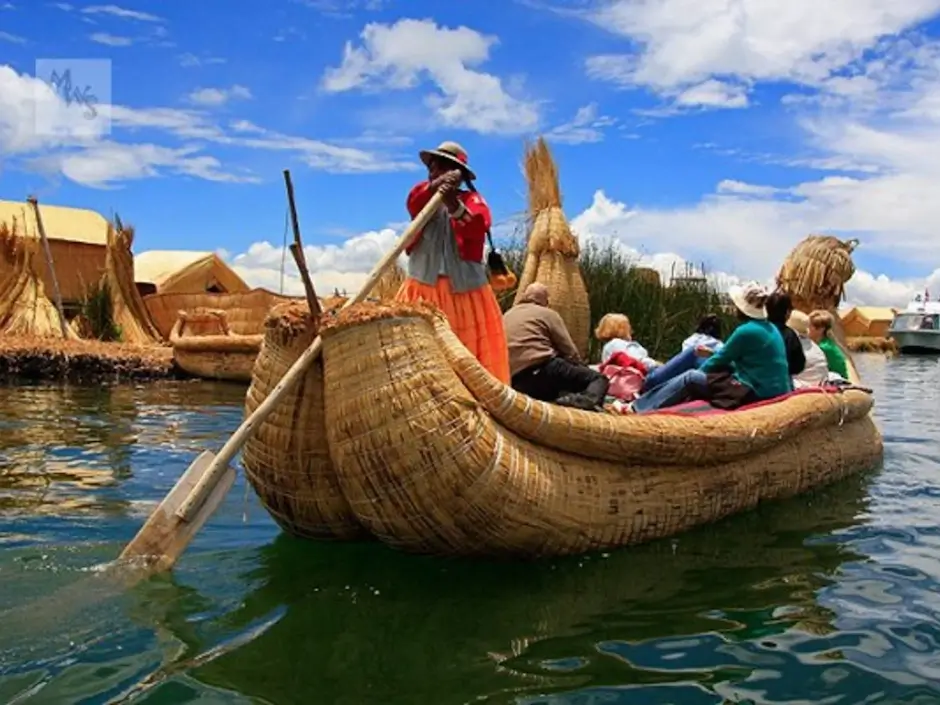
Nestled high in the Peruvian Andes at over 3,800 meters above sea level lies Puno, a charming city known as the Gateway to Lake Titicaca—the highest navigable lake in the world and one of South America’s most legendary destinations. Rich in history, culture, and natural beauty, Puno serves as the perfect starting point for travelers eager to explore the mystical waters and vibrant traditions of the region.
The Entrance to a Sacred Lake
Lake Titicaca is more than just a geographic marvel. It is considered the birthplace of the Inca civilization and a sacred site for both the Aymara and Quechua peoples. Its deep blue waters stretch across the border between Peru and Bolivia, dotted with islands that seem frozen in time. From Puno, visitors can easily embark on boat excursions to these islands, each with its own unique character and story.
The Uros Floating Islands
One of the most iconic experiences begins just a short boat ride from Puno—the Uros Floating Islands. Built entirely from layers of totora reeds, these man-made islands are home to the Uros people, who have preserved their traditional way of life for centuries. Walking on the soft, springy surface of an island and speaking with local families offers travelers a rare glimpse into resilient indigenous life adapted to one of the world’s most unusual environments.
Taquile and Amantani: Living Traditions
Further into the lake, Taquile Island is known for its remarkable textiles, handwoven by men following an ancestral tradition recognized by UNESCO. Amantani Island, meanwhile, offers homestay experiences where visitors can live with local families, share meals, and take part in daily activities—all while enjoying panoramic views of the lake and starlit Andean skies.
These islands are not just tourist attractions—they are living communities that maintain deep spiritual and cultural ties to the land and lake.
Puno: More Than a Launch Point
While many travelers pass through Puno en route to Lake Titicaca, the city itself is well worth exploring. Known for its vibrant folkloric traditions, Puno comes alive every February during the Fiesta de la Candelaria, one of the largest cultural festivals in South America. The city’s colonial churches, bustling markets, and lakeside promenades add charm and character to every visit.
Practical Tips for Visiting
- Altitude Awareness: Puno sits at high elevation—take it slow on arrival, hydrate well, and consider drinking coca tea to ease altitude symptoms.
- Best Time to Visit: May to October offers the clearest skies and most pleasant weather for lake excursions.
- Cultural Sensitivity: When visiting the islands, remember you’re entering communities with strong traditions—ask before taking photos and engage with respect.
A Journey into the Heart of the Andes
To visit Puno and Lake Titicaca is to enter a world where myth and reality blend—where ancient civilizations left their mark on the land and where communities continue to live in harmony with nature. Whether you come for the serene beauty of the lake, the cultural richness of the islands, or the warm hospitality of the people, Puno offers a gateway not only to a destination, but to an experience that touches the soul.
A Journey into the Soul of Peru: Where Nature, Culture, and Spirit Unite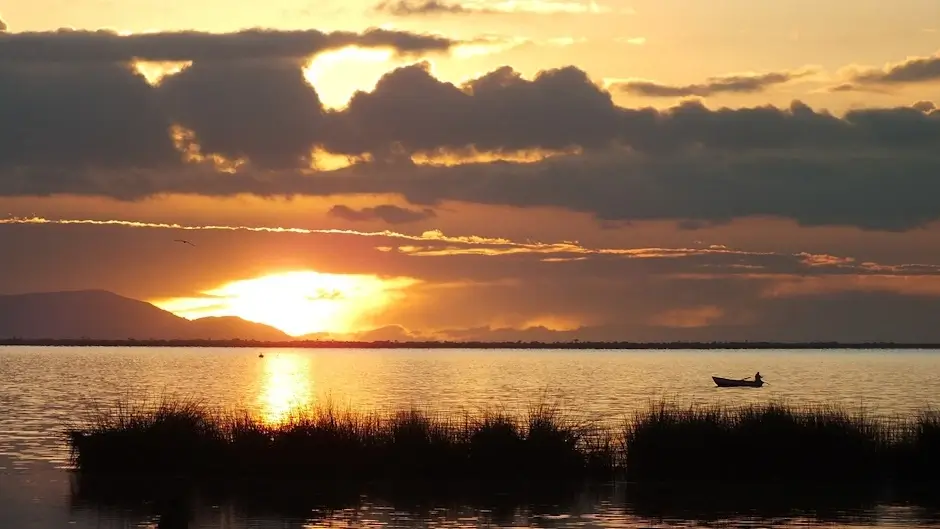
Peru is often described through its iconic landmarks—Machu Picchu, the Sacred Valley, Lake Titicaca—but to truly understand this magnificent country, one must go deeper. A journey into Peru is not just a physical trip across mountains and highlands; it is a profound encounter with the soul of a nation shaped by centuries of tradition, resilience, and connection to the earth.
The Sacred Pulse of the Andes
In the highlands of southern Peru, the Andes Mountains stand as eternal witnesses to time. Here, the heartbeat of the nation can be felt most deeply—in its music, its rituals, and its people. Regions like Cusco and Puno are not only geographical destinations but spiritual centers, where the legacy of the Inca civilization blends seamlessly with modern-day traditions.
Travelers who venture to these regions find more than breathtaking landscapes. They discover living cultures where myths are told through dance, identity is expressed in vibrant textiles, and hospitality is extended with heartfelt warmth.
Cultural Encounters Beyond the Ordinary
Peru’s diversity is woven into every region, every language, every meal. In the floating islands of the Uros, communities live on man-made reed platforms, preserving a way of life that defies modernity. In Taquile and Amantani, visitors are welcomed into homes where traditions are shared over simple meals and mountain views. In Puno, the folkloric capital of the country, dance is not just art—it is identity in motion.
These experiences don’t belong to museums. They are alive, unfolding in real time, passed down through generations, and generously shared with those who come with open hearts.
Landscapes that Speak to the Spirit
From the shimmering waters of Lake Titicaca to the lush Amazon rainforest, Peru’s natural beauty holds a sacred energy. Many locals believe that the land itself is a living being—Pachamama, or Mother Earth—worthy of respect and reverence. Travelers often report feeling a spiritual connection to the places they visit, sensing that Peru is not just to be seen, but to be felt.
Whether watching the sunrise over Machu Picchu or walking in silence through the high-altitude plains of the Altiplano, the land seems to speak—a whisper of something ancient and eternal.
Rediscovering Meaning Through Travel
In a world dominated by speed and noise, Peru offers something increasingly rare: depth. It invites travelers to slow down, listen, and engage with cultures that have endured for thousands of years. It challenges you not just to visit, but to reflect, learn, and transform.
To journey into the soul of Peru is to return home changed—not just with souvenirs and photos, but with a renewed sense of connection to history, to nature, and to humanity.
- Discover the Wonders of Peru: with the Tour Perú Machu Picchu Nazca 15 Days
- Discover the Best of Perú: with the Tour Perú Amazon Nazca Machu Picchu 20 Days
- Travel Package to Peru Tour in Lima, Paracas, Ballestas, Nazca Lines, Colca Canyon 22 Days
For more information and to book your trip, contact us on WhatsApp. Follow us on Instagram for the latest updates and travel inspiration.
CONTACT US:
We are a Travel Agency specialized in tourist packages, if you need any information, do not hesitate to write to us.
We offer tours in Peru and Bolivia.




